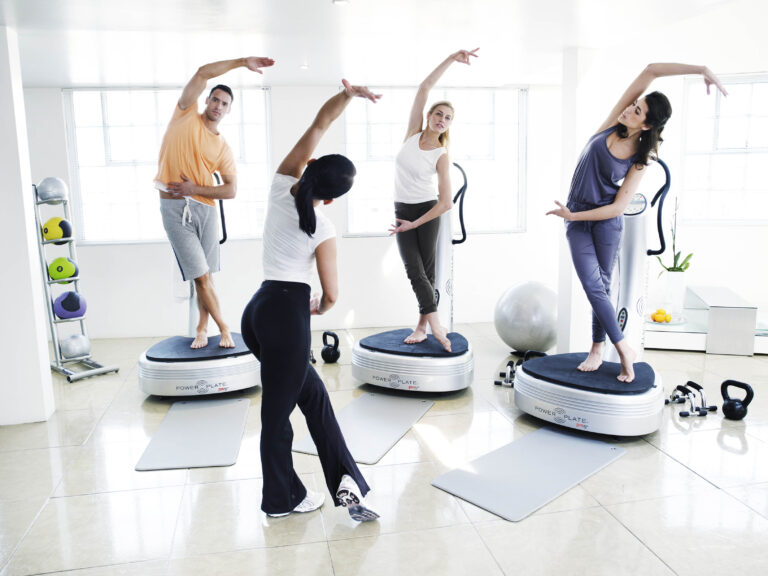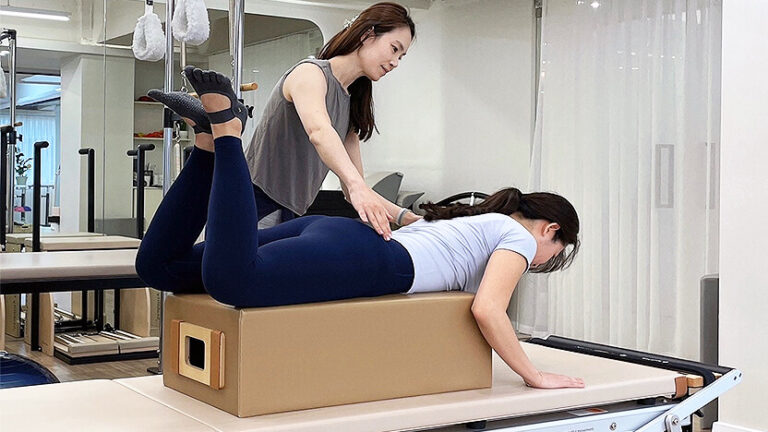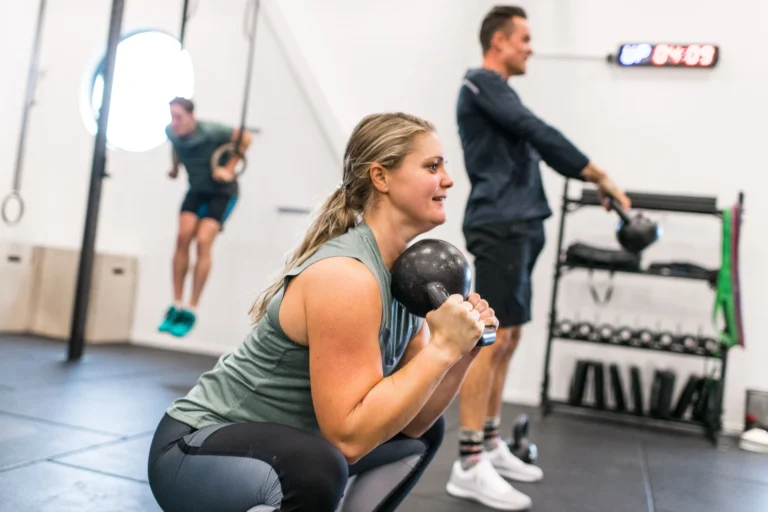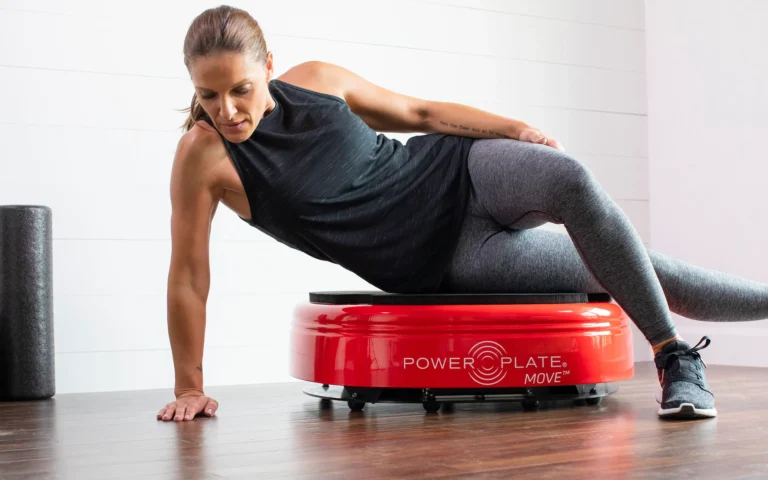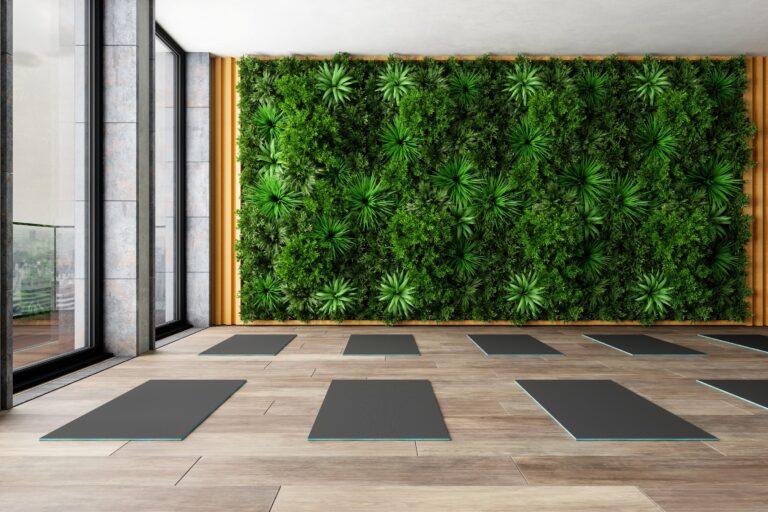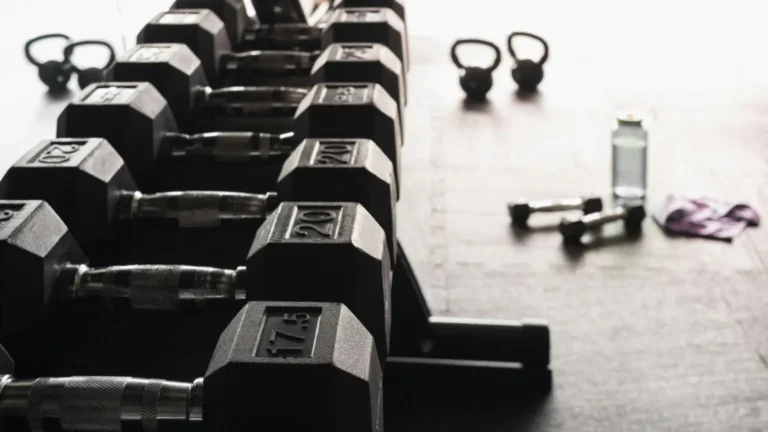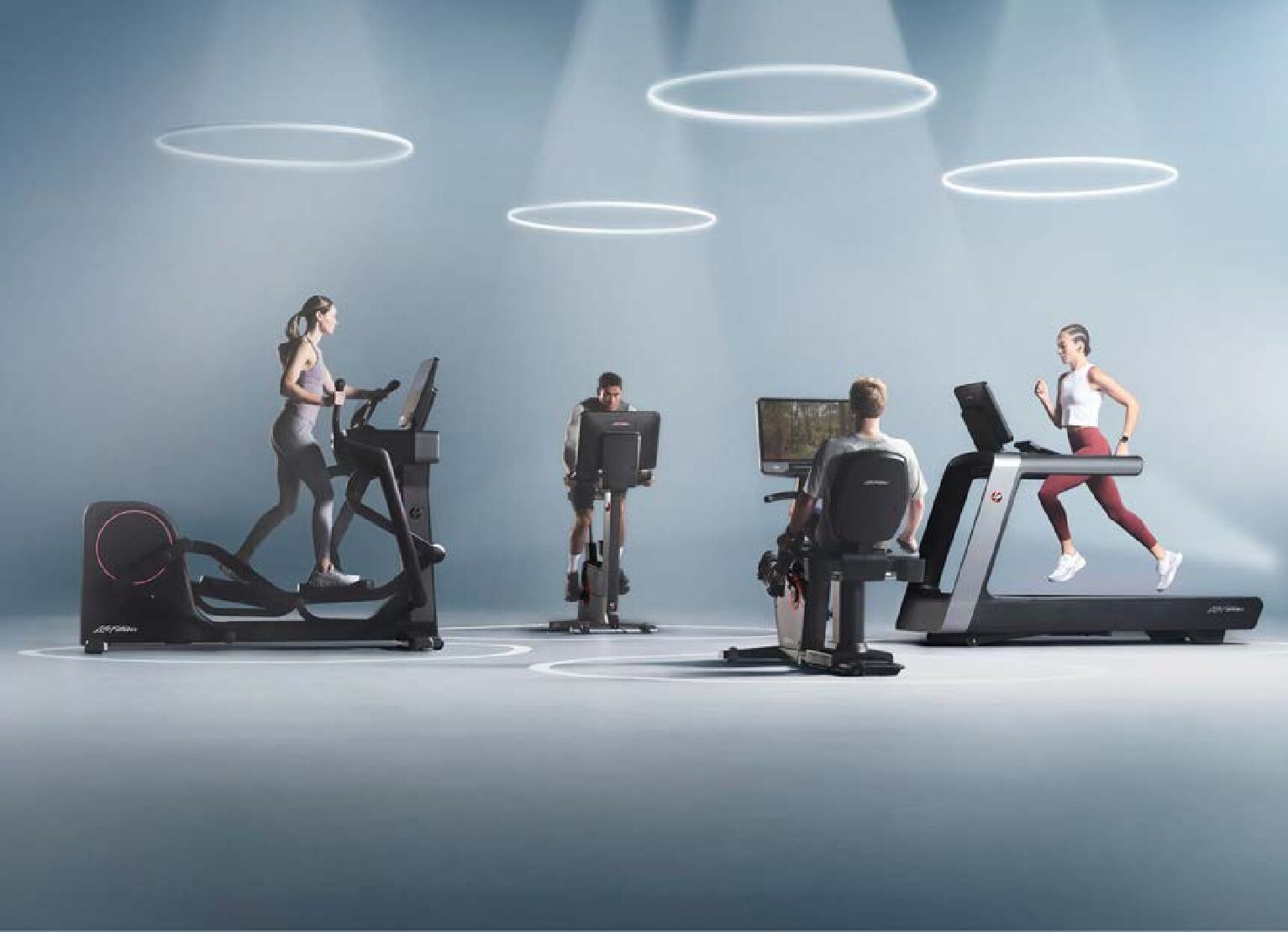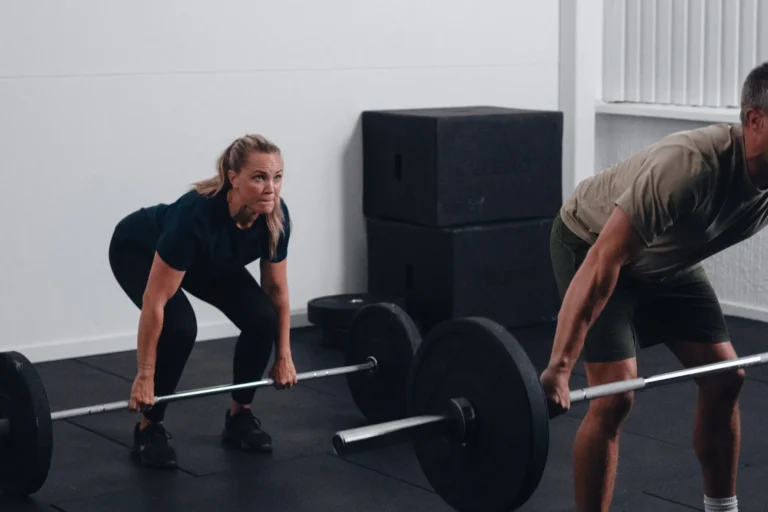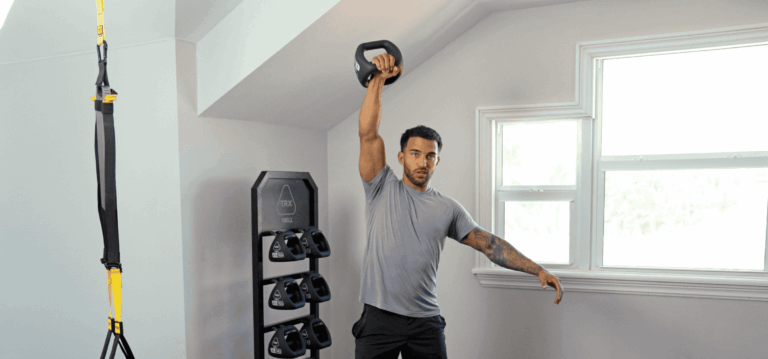The Eleiko Knurling Guide
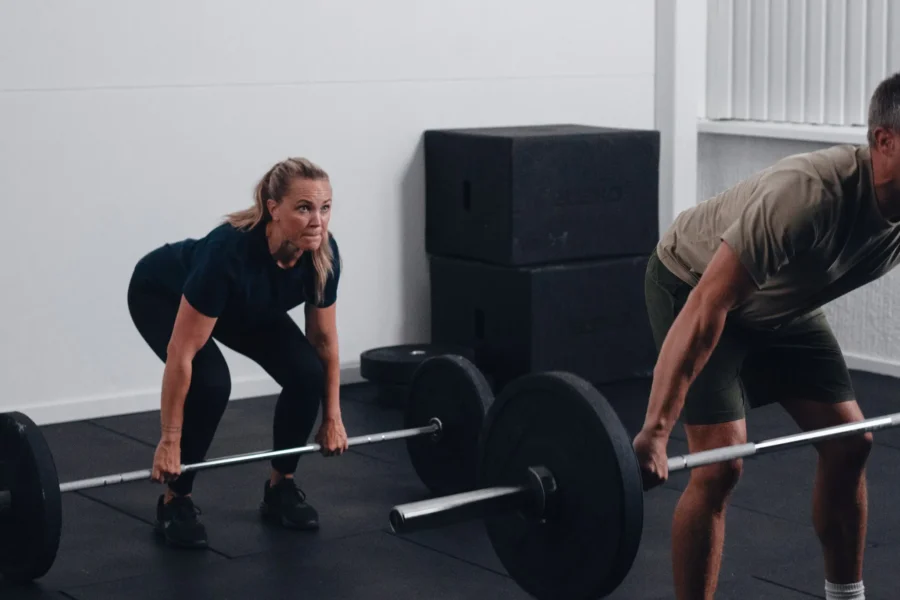
Grip is a critical factor in a bar, and knurling plays a big role. Barbell knurling isn’t just texture — it’s where you connect with the bar. We craft each knurl to deliver a grip you can trust, tailored to the demands of various lifts and lifters. Every pattern is precisely machined, ensuring the bar feels right from high-rep sessions to world record attempts. It’s part of what defines the Eleiko Feeling.
What is barbell knurling — and how is it made?
Knurling is the patterned texture on the shaft of a barbell. It’s what helps you hold on, creating friction between your hands and the bar so you can lift with control and confidence.
At Eleiko, we machine every bar using CNC lathes fitted with sharp steel tooling that presses into the shaft to form diamond-shaped peaks. The pattern, depth, and sharpness are carefully controlled to suit different types of lifting. Whether you need a mild grip for high-rep training or something sharper for a heavy single, we shape the steel accordingly.
Eleiko knurling is applied with extreme precision and consistency, made possible by our IT6 shaft straightness tolerances. The process is straightforward, but the outcome depends on four key factors. First, the number of revolutions the lathe makes before the cutting heads advance determines the spacing of the pattern. Second, the pressure applied by the tooling affects how pointed the knurl peaks become — more pressure means a sharper, more aggressive grip. Third, the sharpness of the tooling itself makes a difference. Fresh tools produce a crisper feel; worn tools create a softer texture. Finally, surface treatment plays a role. For the bars in our range finished with our DN3 Chrome™, the coating fills out the smallest valleys in the pattern. While it’s an incredibly thin layer and a fine detail, it is one you’ll feel in the hand. Knurling on bare steel will always feel slightly more pronounced.
Our two-layer DN3 Chrome™ finish is engineered to protect the bar while preserving the edge and feel of the knurl for years to come. Whether you’re gripping a new bar or your well-used favourite, the experience stays the same, year after year.
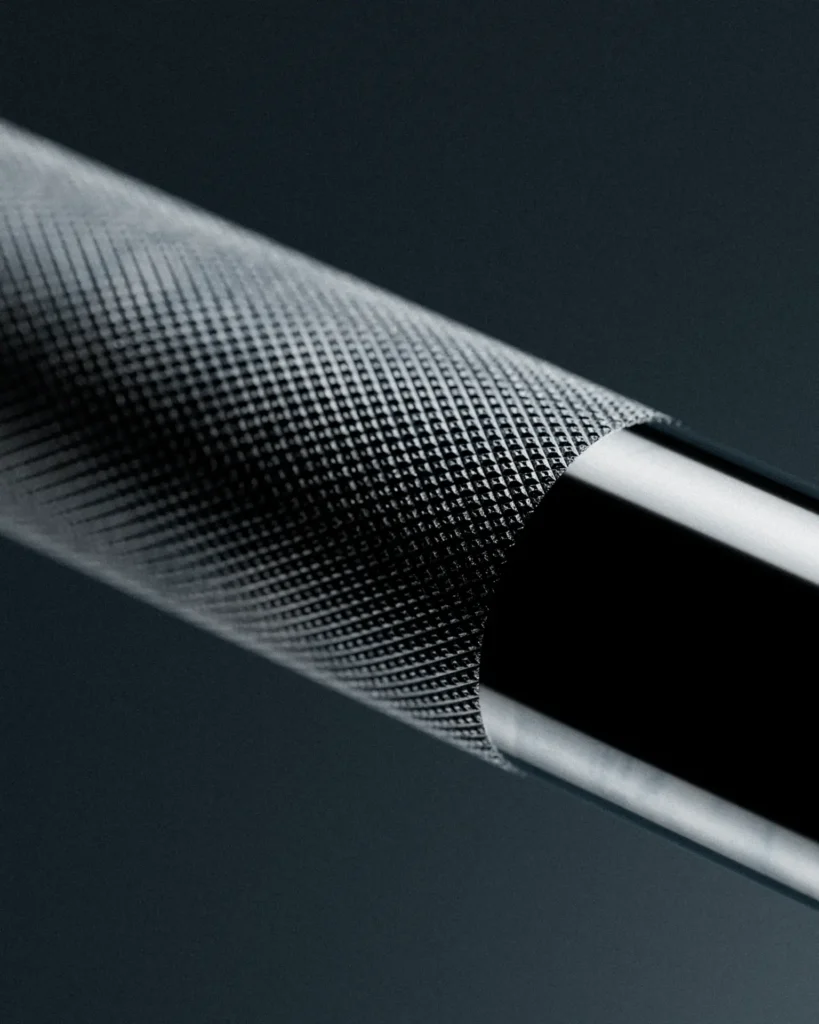
Why is barbell knurling important?
One of the most important aspects of lifting is the ability to achieve a strong, consistent, and secure grip. Knurling is more than texture; it’s a performance feature that affects how you lift and how safely you move weight.
A good grip is non-negotiable. The right knurling gives you the friction and control needed to hold heavy loads — especially in pulling lifts like deadlifts, rows, snatches and cleans. Without it, the bar slips. When grip slips, it is not only ineffective but also potentially dangerous.
Different lifts demand different grip levels. That’s why powerlifting bars have a more aggressive knurl, while weightlifting bars offer a sharp but more refined pattern. Matching the knurl to your discipline isn’t just a performance decision — it’s a safety one.
Knurling also guides hand placement. The feel of the knurl — and the grip markings — help position your hands correctly for each lift. In competition, those markings serve as a reference point and, in certain lifts, as markers for legal grip widths.
Finally, there’s comfort. Sharp enough to grip, but not so harsh that it tears your hands during a set. That balance is key — and a matter of personal preference. Some lifters keep multiple bars for different training styles. If you’re choosing one bar, aim for a knurling profile that suits your main type of lift.
Knurling calibrated to you
The key to great knurling is striking the right balance — sharp enough to grip, durable enough to last, and tuned to the demands of the lift. Two things shape how a knurl feels: the spacing between the diamond points and the depth of each cut. While there’s no universal standard for rating knurling intensity, our signature knurling patterns blend skilled craftsmanship with decades of athlete feedback to strike the ideal balance between grip and comfort for each lifting discipline.
We’ve defined four clear types across our bar range — each engineered for a specific lifting style:
- 1.0 Standard: All-round volcano-shaped pattern for high-volume training.
- 1.2 Training: Moderately sharp pyramid pattern for weightlifting training.
- 1.2 Competition: Sharp pyramid pattern for competitive weightlifting.
- 1.5 Power: Pronounced volcano pattern for maximum grip during powerlifting.
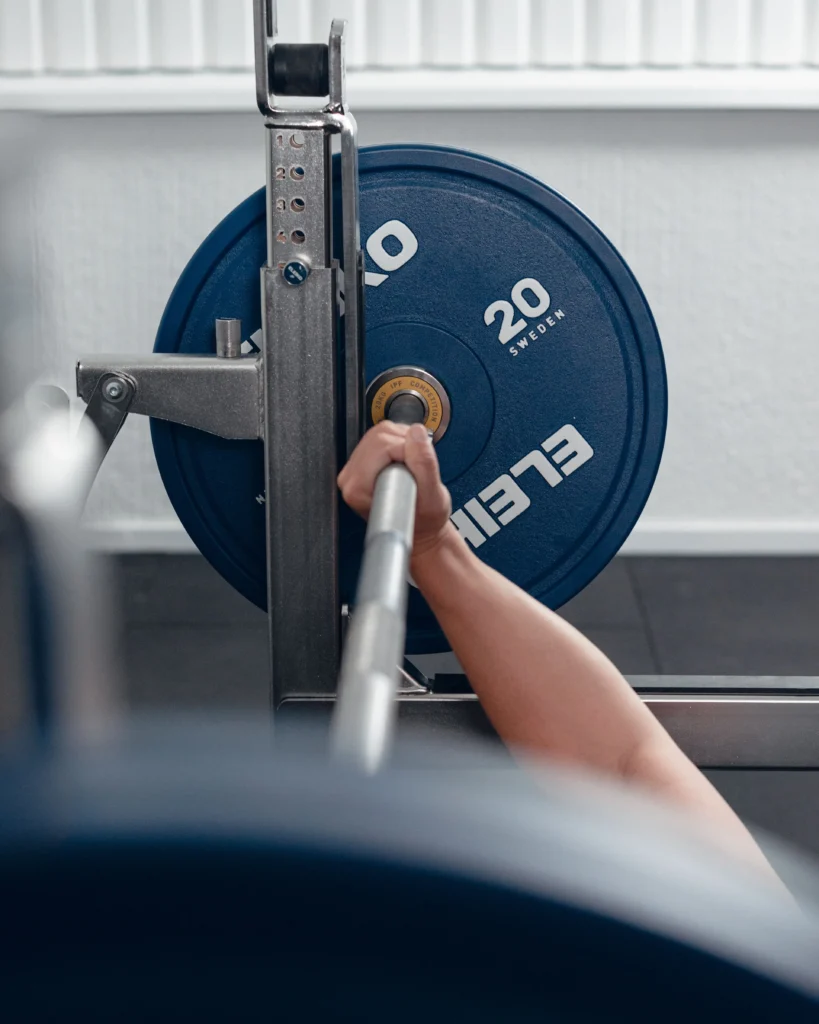
The 1.0 Standard knurling is our mildest — a volcano-shaped pattern designed for high-volume training. It gives a consistent feel across long sessions and is ideal for general strength work, CrossFit, and hybrid use. You’ll find it on the Performance, Hybrid, and Technique Bars, where comfort and versatility are key.
For Olympic weightlifting, we developed two pyramid-shaped knurls: the 1.2 Training and the sharper 1.2 Competition. The Training variant offers a slightly softer grip, perfect for repeated lifts during high-load training blocks. The Competition version is slightly sharper, providing a secure hold for record-setting snatches and cleans.
Powerlifting requires a distinct type of grip. That’s why our 1.5 Power knurling is the most aggressive in our range. With its deep volcano-cut texture, it offers maximum security during heavy squats, bench presses, and deadlifts. On our powerlifting competition bars, the 1.5 knurl is left uncoated to preserve its sharpness, as required by the IPF. On the WPPO Competition Bar, the 1.5 knurl is chromed, resulting in a slightly softer grip.
How to choose the right knurling and bar for you
Start with how you train. The type of lifting you do most often should guide your choice of bar. If you’re focused on Olympic lifts, go with a weightlifting bar. If your training is built around the squat, bench, and deadlift, choose a powerlifting bar. For a mix of movements or general strength work, a multipurpose bar is the better fit.
From there, think about volume versus intensity. Are you training often and cycling through higher reps? Or are you chasing max lifts and prepping for competition? That difference will help determine the level of knurling sharpness you want — and which Eleiko bar is right for you.
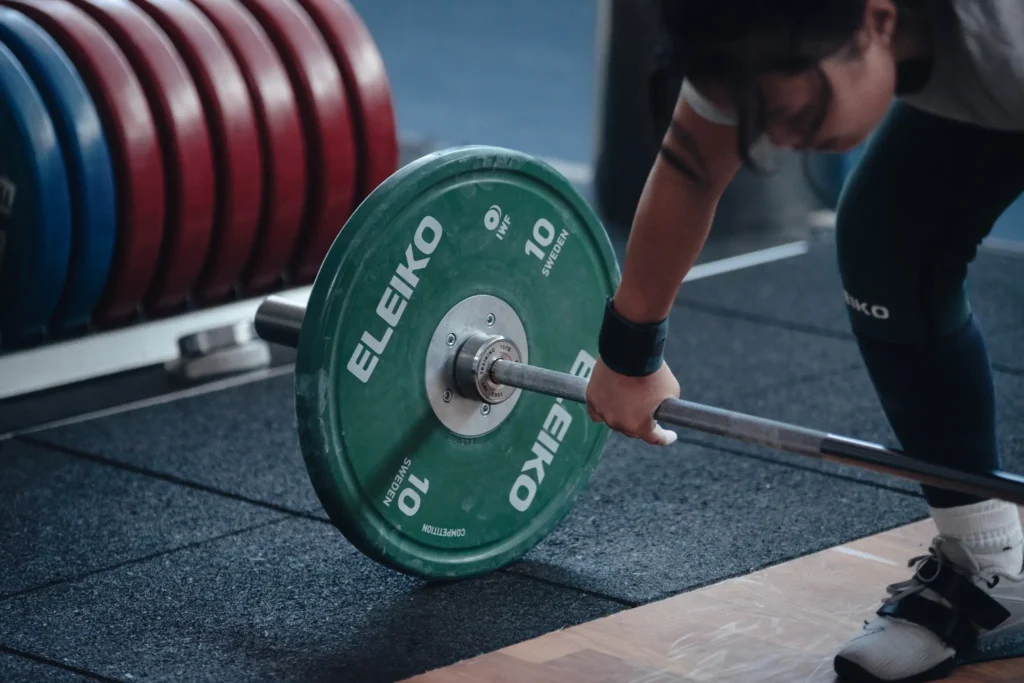
Center knurl or no center knurl?
Another factor to consider when choosing a bar is whether it includes a center knurl — the textured section placed in the middle of the shaft. Unlike the side knurling, which supports grip in your hands, the center knurl is designed to grip against your body or clothing during lifts.
So, do you need one? That depends on how you train. For powerlifting, a center knurl helps keep the bar in place during heavy back and front squats. In weightlifting, it can provide light grip during cleans — anchoring the bar to your shoulders without being overly abrasive. Because Olympic lifts are typically performed at lower volume, the center knurl won’t cause discomfort for most lifters.
But if your training includes high-rep sessions or CrossFit-style workouts, a center knurl can lead to scraping across the chest or collarbone. In those cases, a bar without a center knurl is often the more comfortable and versatile option.
Ultimately, the decision comes down to your main movements and how often you perform them. Choose the bar that supports your technique and volume.
Grip markings
Grip markings — also called knurl rings — are smooth, knurl-free bands on the shaft that guide hand placement. They help you line up consistently for every lift.
There are two standard markings: IPF grip marks, set 810 mm apart, are used for powerlifting. IWF grip marks, set 910 mm apart, are for Olympic weightlifting. Our multi-purpose bars, designed for general strength or hybrid training, include both, giving clear reference points for a wide range of movements.
For an improved lifting experience
The right bar makes all the difference, and knurling plays a key role. At Eleiko, we tailor each bar and knurling pattern to match the demands of the lift, whether it’s powerlifting, weightlifting, or hybrid training. The result is a bar that feels right in your hands and performs the way you need it to — every time you lift, year after year.
Source: https://eleiko.com/en/stories/how-bar-knurling-differs

